
Reading Time: 17 minutesIf I loved Toyota’s Highlander Hybrid any more, it would be a Hyundai Palisade hybrid. I
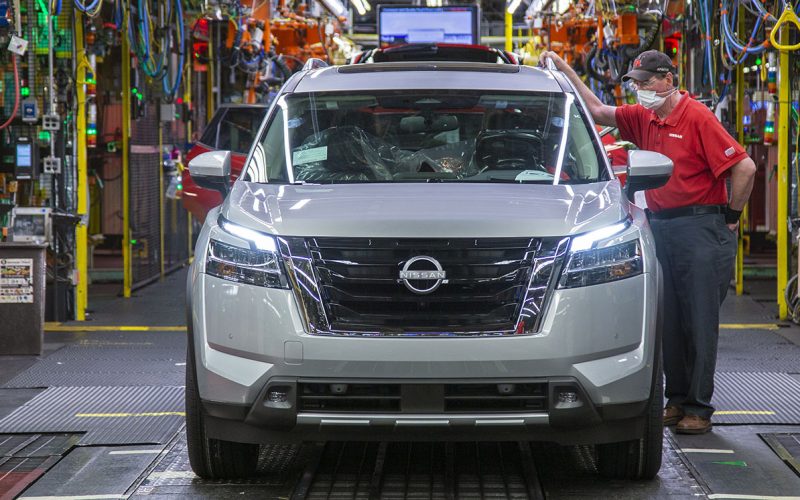
Reading Time: 4 minutesIt’s been nearly a decade since Nissan launched its car-based Pathfinder crossover, representing a risky move
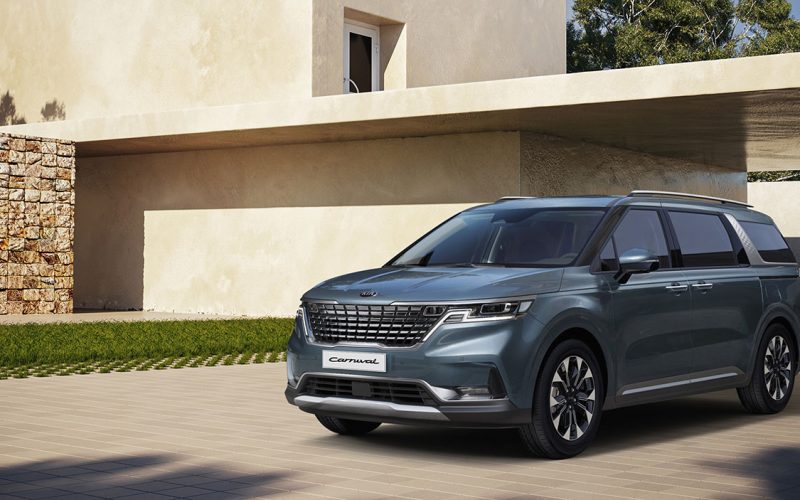
Reading Time: 5 minutesWould you rather ride around in a Carnival or a Sedona? While a Carnival sounds like
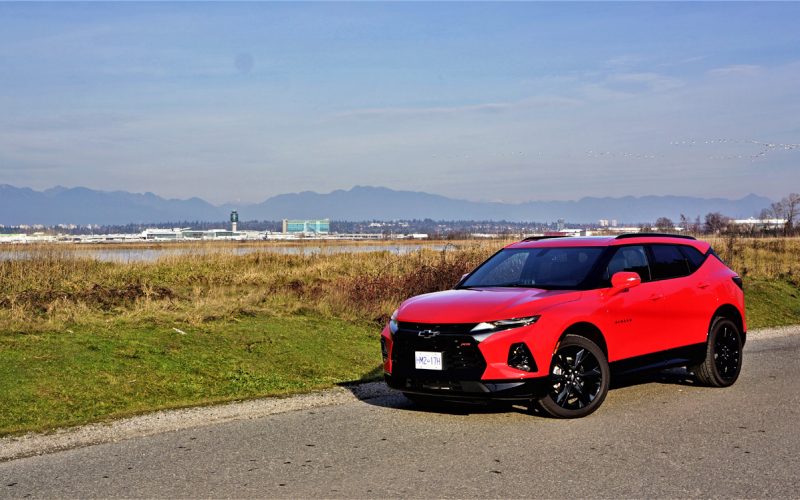
Reading Time: 8 minutesWhat do you get when you combine a Camaro and a Traverse? No, I wasn’t going
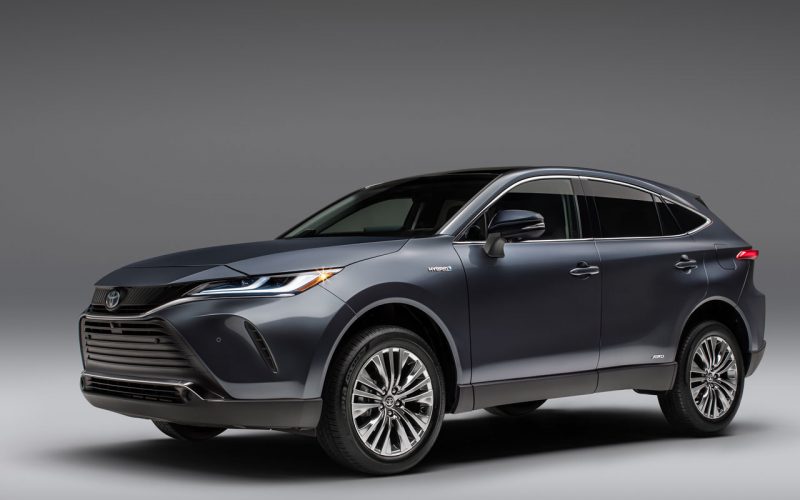
Reading Time: 9 minutesRemember the Venza? Toyota was fairly early to the mid-size crossover utility party with its 2009–2015
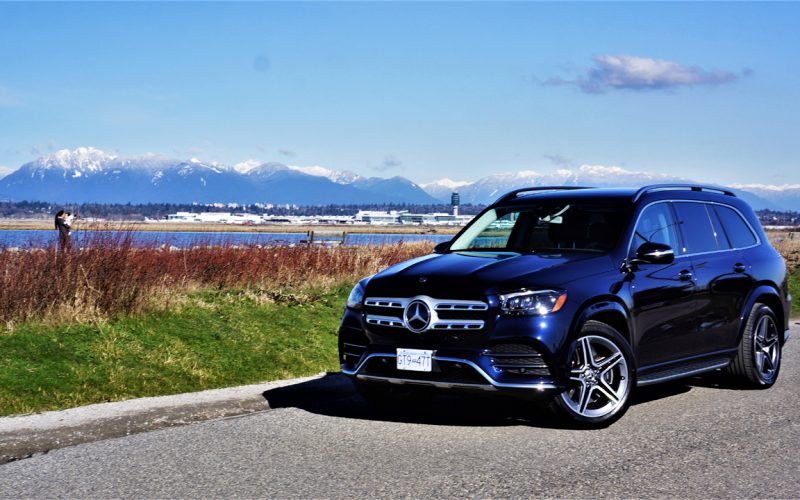
Reading Time: 11 minutesI hate to admit that with each passing year adapting to new things takes more time.
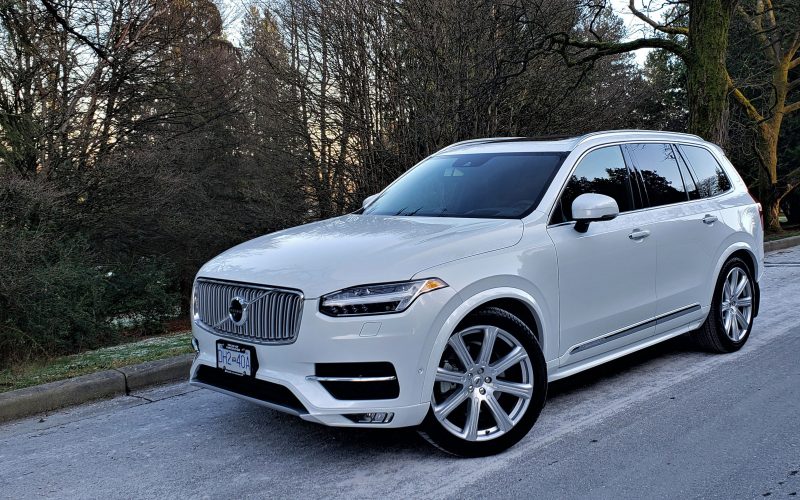
Reading Time: 10 minutesDespite being well into its fourth model year, you’ll have a hard time finding a more
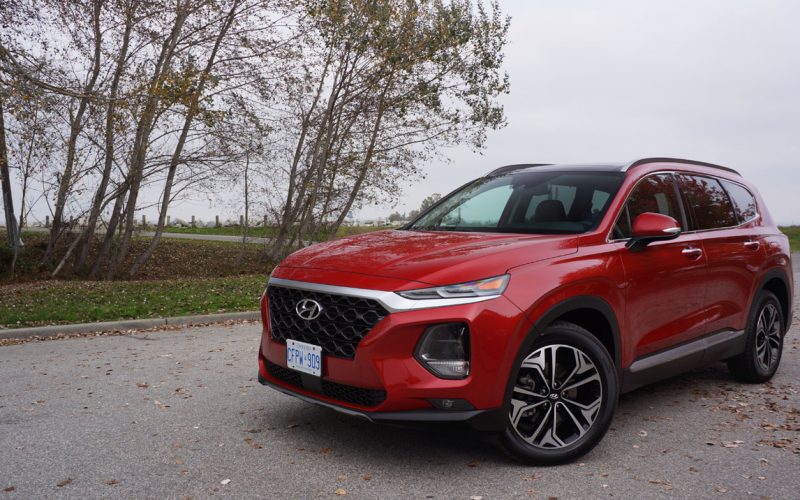
Reading Time: 14 minutesNow that the upstart Genesis brand is finding its footing in the luxury sector, having initially
© 2025 The Car Magazine. All Rights Reserved, Privacy Policy | Terms of Use